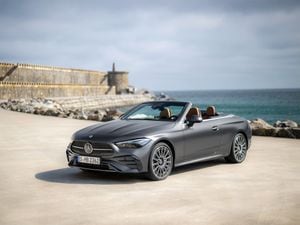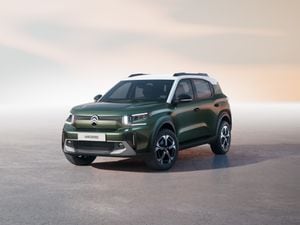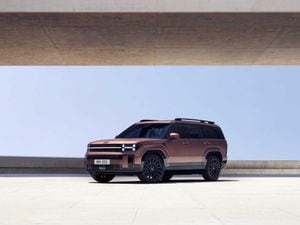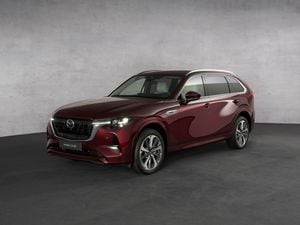Elon Musk claims fleet of robot Tesla taxis will be here by end of 2020
Billionaire Tesla owner’s latest big claim is that it is about to begin building a fleet of fully autonomous vehicles to act as a robot taxi service

Tesla boss Elon Musk has doubled down on his company’s pursuit of self-driving technology, promising a fleet of robot taxis will hit the road by the end of 2020.
The 47-year-old told an investor event that Tesla would build a network of self-driving taxis to compete with established firms such as Uber and Lyft.
He predicted that Tesla owners will be able to send their cars out into the world to offer passengers lifts, earning them money while they are at work, relaxing at home or even sleeping.
The South African entrepreneur went so far as to say that buying any other manufacturer’s product in 2019 was similar to someone buying a horse instead of a car in the early 1900s. He said: “It is fundamentally insane to buy anything other than a Tesla.”
Responding to professional gamer Marcel Feldkamp on Twitter, Musk confirmed that the technology to provide fully autonomous services was already built into existing Teslas, adding it’s “just a matter of finishing the software & going through regulatory approval”.
Tesla has faced criticism over its aggressive development and implementation of semi-autonomous driving aids, which require drivers to stay alert at the wheel. All Tesla models can be bought with the firm’s Autopilot technology, which can maintain the car’s speed in traffic, change lanes on the motorway, and brake in an emergency using on-board computers and sensors.
There have been a number of high-profile Autopilot-related crashes, with the first publicised fatal incident happening in Florida in May 2016. A Tesla Model S driver had Autopilot engaged when his vehicle hit the trailer of a large lorry.
An investigation by the National Transportation Safety Board said the feature played a role in the crash, prompting Tesla to roll out an update that disabled it if it detected the driver was not touching the wheel.





